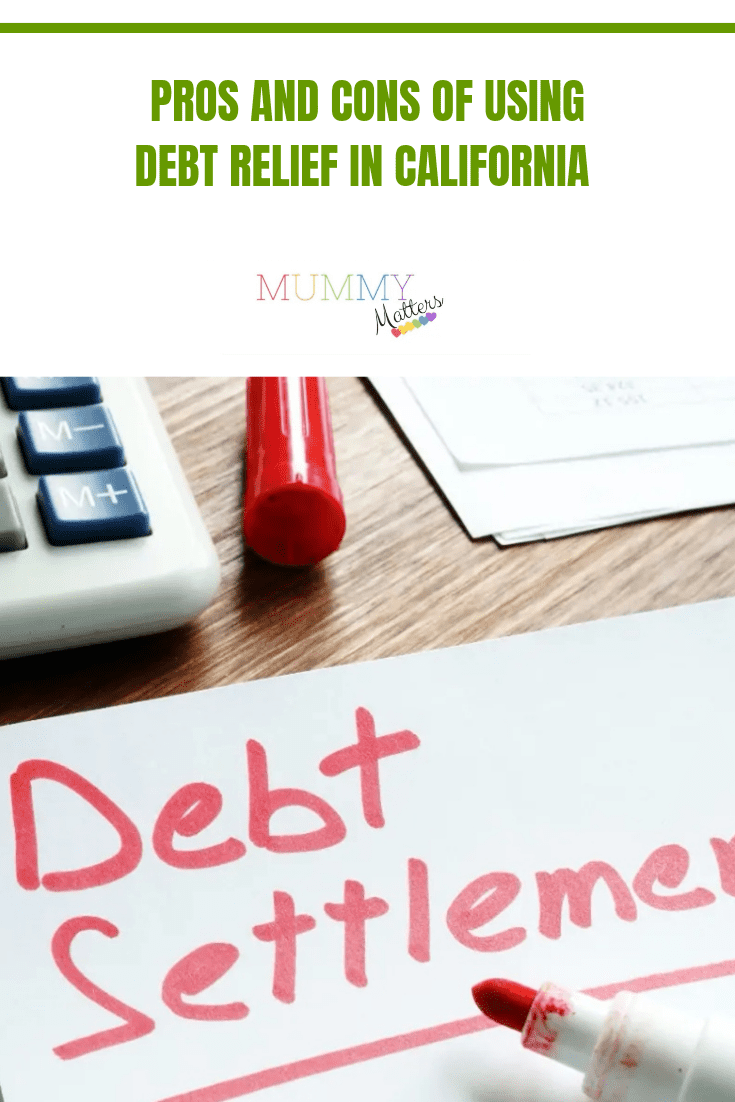It’s tough all over, and some states have it worse than others. Take California, for instance. Residents there are increasingly sliding out the plastic to deal with inflationary prices and stagnant wages in an already expensive state. Some are turning to debt relief to get out of those growing and burdensome obligations. With that said, here are the pros and cons of using debt relief in California.
Explain Debt Relief

Debt relief is an umbrella term for any method that aims to shrink or eliminate debt by working with creditors or third parties. There are various forms, some more loosely structured than others. Here, we’ll focus on those that require dealing with another party to get rid of California debt.
Debt Consolidation
This is the process of merging multiple debts into one. It streamlines bill paying, which is a chief feature. Two popular ways to consolidate are through a personal loan or a balance transfer card.
Pros:
- If you have good credit and are eligible for the best rates, you can consolidate with little or no interest
- You can make fewer debt payments monthly
- Your credit score may go up since debt consolidation will likely improve your credit utilization
Cons:
- It may not be worth it if you can’t get a better rate
- There are usually fees involved with balance transfers
- Consolidation can ding your credit score because it entails opening a new account
- There are usually fees with balance transfers
- You must pay off your high-interest cards before the introductory period expires and the rate goes back up
Debt Management Plan
Managed by a nonprofit credit counselling agency, this solution entails having the borrower make monthly payments to the counsellor, who disburses the funds to your creditors.
Pros:
- One monthly payment
- Plan enrollees can usually get fees waived and lower interest rates
- A debt management plan typically also offers counselling and educational resources
Cons:
- You’ll likely have to pay a nominal fee
- The plans usually take between three to five years
- You must close your credit cards while you’re enrolled and not open new ones
Debt Settlement

Here, you’ll hire a company such as Freedom Debt Relief to negotiate with your creditors to get them to accept less than what you owe to “settle” each of your debts. They usually go along since you will have stopped paying them directly, and they know that if you file bankruptcy – your next logical recourse – they’ll get little or nothing.
Pros:
- You can avoid being sued for your debt
- You can avoid bankruptcy
- Can pay less than the amount owed
- Avoid collections and charge offs
Cons:
- Possible tax implications since forgiven debt are considered taxable
- Your credit score will be hurt until your debts are cleared, and you begin rebuilding your credit
Bankruptcy
Whether Chapter 7 or Chapter 13, bankruptcy is regarded as the solution of last resort for a good reason: the filing will live on your credit report for a long while. However, it is a proceeding in which a court discharges your debts.
Pros:
- It does offer a way to erase debt completely
- It requires counselling and financial education
Cons:
- Chapter 7 bankruptcy will remain on your credit report for a decade; Chapter 13 will be there for seven years.
- You may have to give up your property
- Chapter 13 usually takes three to five years to finish
- You would have to shell out for attorney fees and court costs
When it comes down to it, the pros and cons of debt relief in California- and anywhere else- depend on your financial situation and near- and long-term goals. So, move carefully, but as soon as possible.

